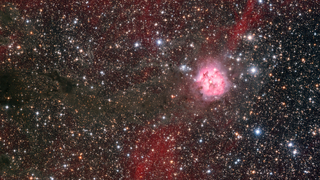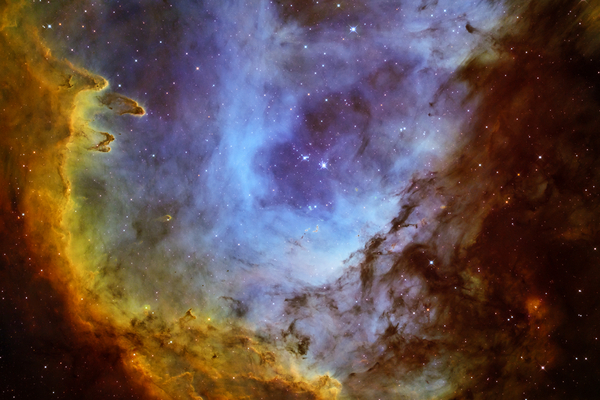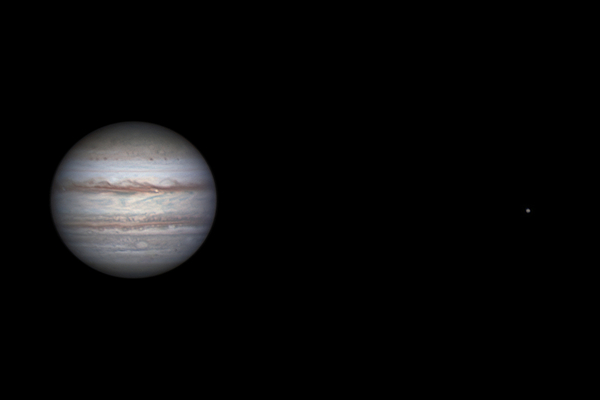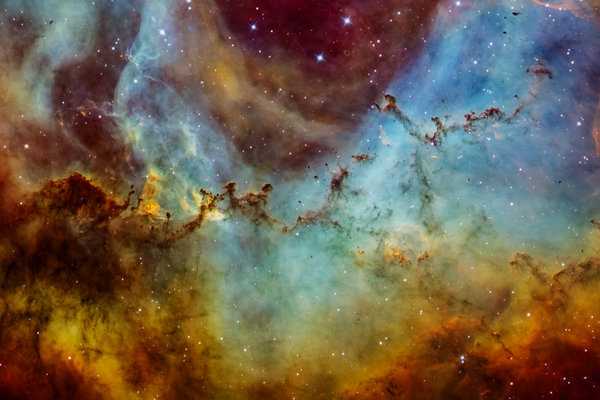Astrophoto of the month - September 2021 - Cocoon Nebula - IC5146
The Cocoon Nebula on an unusual image by Péter Feltóti
A wonderful and special astrophotography image each month by Hungarian astrophotographers.
Far away, among the stars of the Milky Way
In the direction of the star of Pi Cygni, 4000 light-years from our Earth in the dense starfields of the Milky Way lies this small cluster that received the catalog number IC 5146. The nebula that surrounds it, is 15 light years in diameter, and resembles a tiny cocoon.
The Cocoon
The Cocoon Nebula, like other emission nebulae, radiates in the red hydrogen-alpha spectral line, however it is characterised by the reflection along its rim, from which it derives its name. The blueish light of the bright stars is reflected by the near dust clouds. These dust clouds are part of the cloud complex named Barnard 168 after its discoverer, Edward Emerson Barnard. The cloud complex continues to the west (left) in the sky.
Why is it hard to capture?
Péter Feltóti captured this object with a 20 cm Newtonian telescope and with a CCD camera, however not the equipment, nor the faint object but something else posed a challenge.
The Cocoon Nebula is a relatively frequently photographed object, however, it is rarely among the photographed objects these days. Perhaps one of the reasons is that the “cocoon” with the bright and exciting details is relatively small in the field of view of the more common telescopes, and the capture of the faint dust clouds requires a lot of exposure time. Although I didn’t know that we were going to get an extraordinary amount of clear weather this fall, I decided to give it a try. Then, after about 40 hours it turned out that the problem would not be whether I could take enough raw photos of the area, but after a while it was not worth it. Namely the star field is so dense that it obscures the details and the halo of the medium-bright stars make the image lacking contrast. I had an idea of what kind of sight I wanted to achieve, as a variety of dust clouds and nebulae in shapes and colors hide among the stars, but I couldn’t process it as spectacularly as I had planned. Anyway I might have managed to show deeper details and show this object a little differently than before.
The red background
But why is this photo exciting for us? It is the red background that mostly cannot be seen in this area of the sky. The image also includes a series of shots taken with a hydrogen alpha narrowband filter, showing the red ionized hydrogen clouds in this area of the Milky Way that passes interestingly just behind the Cocoon Nebula.
Péter Feltóti





